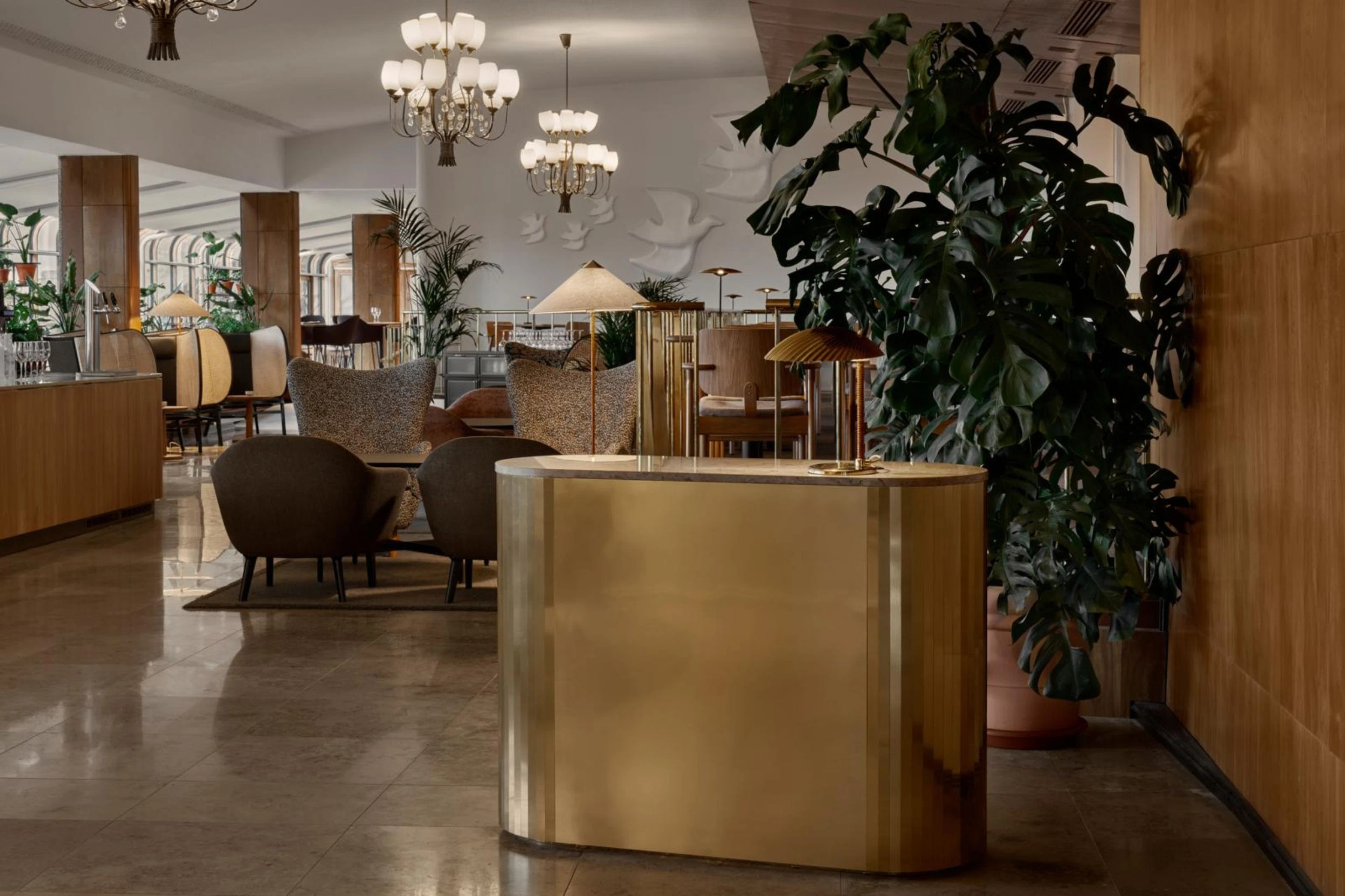

Paavo Tynell's lamps enchant visitors at Helsinki's Original Sokos Hotel Vaakuna
The original lamps designed by Paavo Tynell specifically for the hotel continue to illuminate guests at Helsinki's Original Sokos Hotel Vaakuna.
Paavo (Paavali Viljo) Tynell (1890–1973) came from a family of old glassblowers. He was a tinsmith, craftsman, and skilled artisan. However, Tynell wanted to study and learn more, leading him to become an extra student in metalwork at the Central School of Applied Arts. During his first year in 1916, the rector announced that the 26-year-old Tynell should become a teacher of metalwork.
Paavo Tynell became one of the central figures in the history of Finnish lighting design. He belonged to the pioneer generation of designers who, amidst various styles and technical innovations, served the needs of a young nation in numerous public buildings as well as private homes. For example, in the 1930s, it was almost taken for granted to commission lighting fixtures for public spaces from Paavo Tynell and his company, Taito Oy. Some of Tynell's key collaborators included Alvar Aalto and architect Erkki Huttunen, who designed Hotel Vaakuna.
Tynell's lamps at Vaakuna
Between the design phase (1940) and completion (1952) of Vaakuna, there was a war. However, the division of work between architect Huttunen and lighting designer Tynell remained clear. While Huttunen designed the hotel and restaurant furniture following the "Eliel Saarinen" tradition down to the smallest detail, he gave Tynell full design freedom for the lighting fixtures. All the lighting fixtures for Vaakuna in 1952 were manufactured by Paavo Tynell's Taito Oy exclusively for the hotel.
Even today, Original Sokos Hotel Vaakuna features original Tynell lamps. The first ones can be seen upon entering the lobby. Guests can also admire the lamps in the upper-floor restaurant lobby and on the 10th-floor restaurant.
The lamps that are still in use at Original Sokos Hotel Vaakuna represent Tynell's ornamental and decorative style from the 1940s. After the functionalist era, romantic nature motifs and decorative, feminine features started to emerge. When Paavo Tynell began incorporating tiny holes and lace-like perforations into the brass shades, Alvar Aalto dubbed the lamps "grandmother's lace panties." The name stuck.
Brass lamps are popular among collectors
Brass was a natural material for Paavo Tynell. This was partly due to the war and shortages; they had to manage with domestic materials, and brass was available from Outokumpu. Tynell's brass era was long-lasting, lasting until 1958. The use of brass is evident in Vaakuna's lamps. Tynell's brass lamps became a success both domestically and in America. His career as a designer peaked in the United States, where he was often introduced as the man who illuminated Finland.
A considerable number of Paavo Tynell's works have survived. Perhaps their originality and durability have contributed to their preservation. However, the renewal and disposal of interiors by researchers seem to affect them, and there is not much precise information about Tynell's works, especially those in private homes.